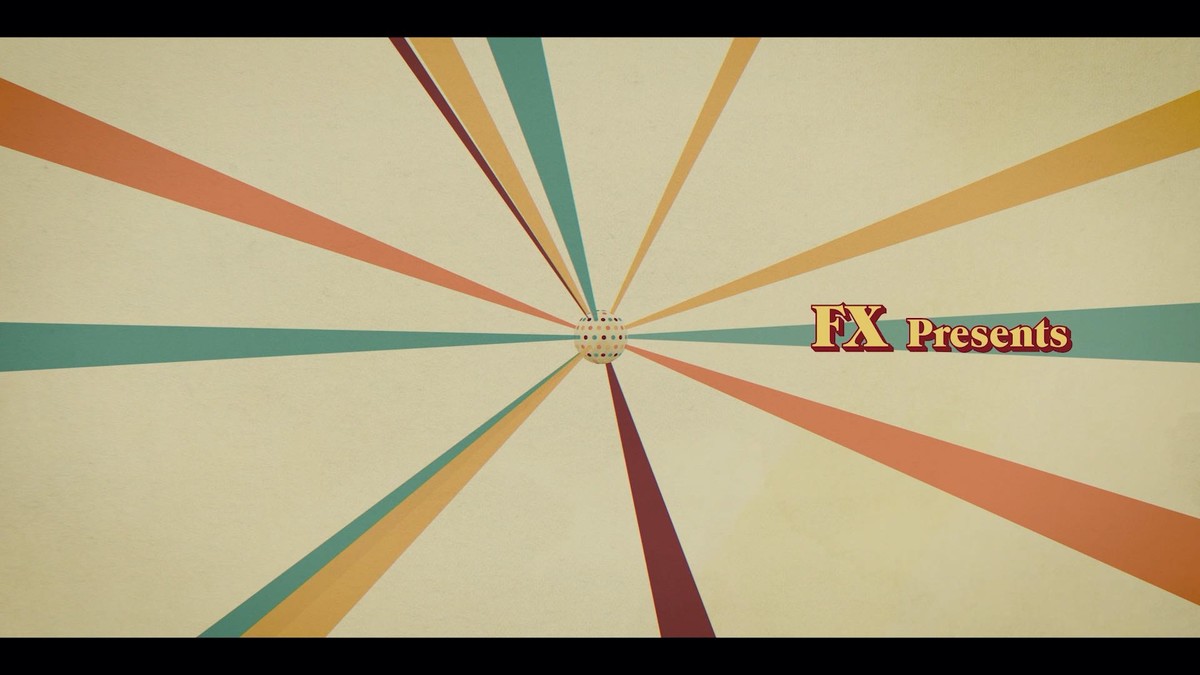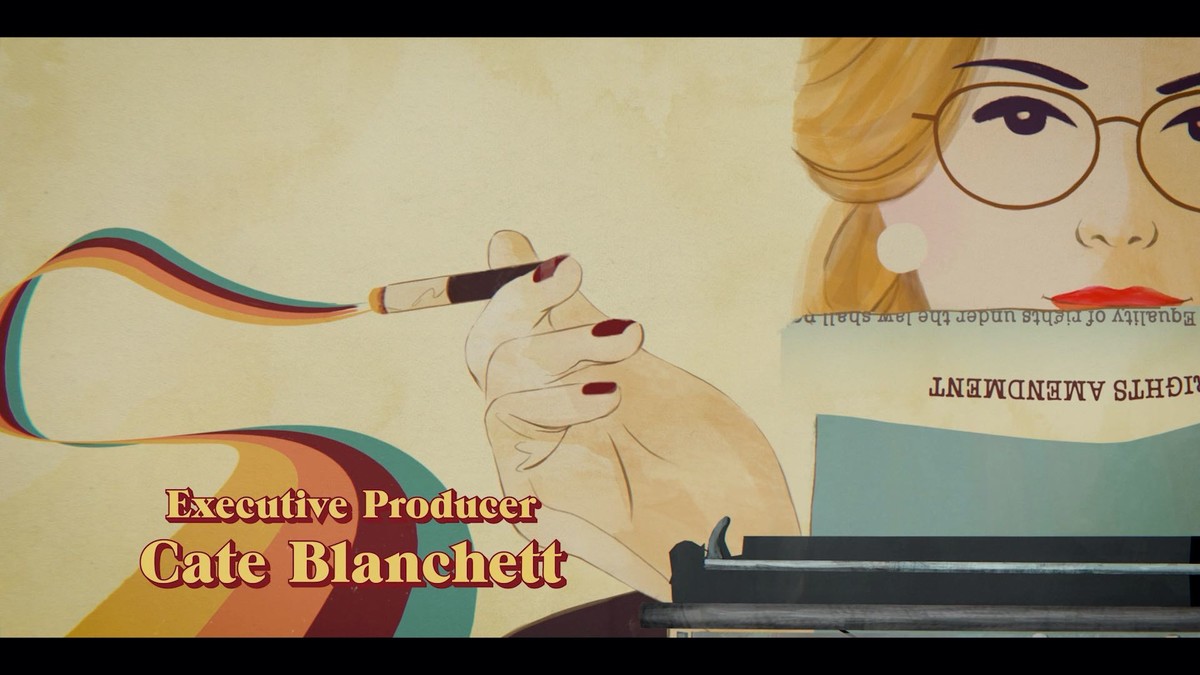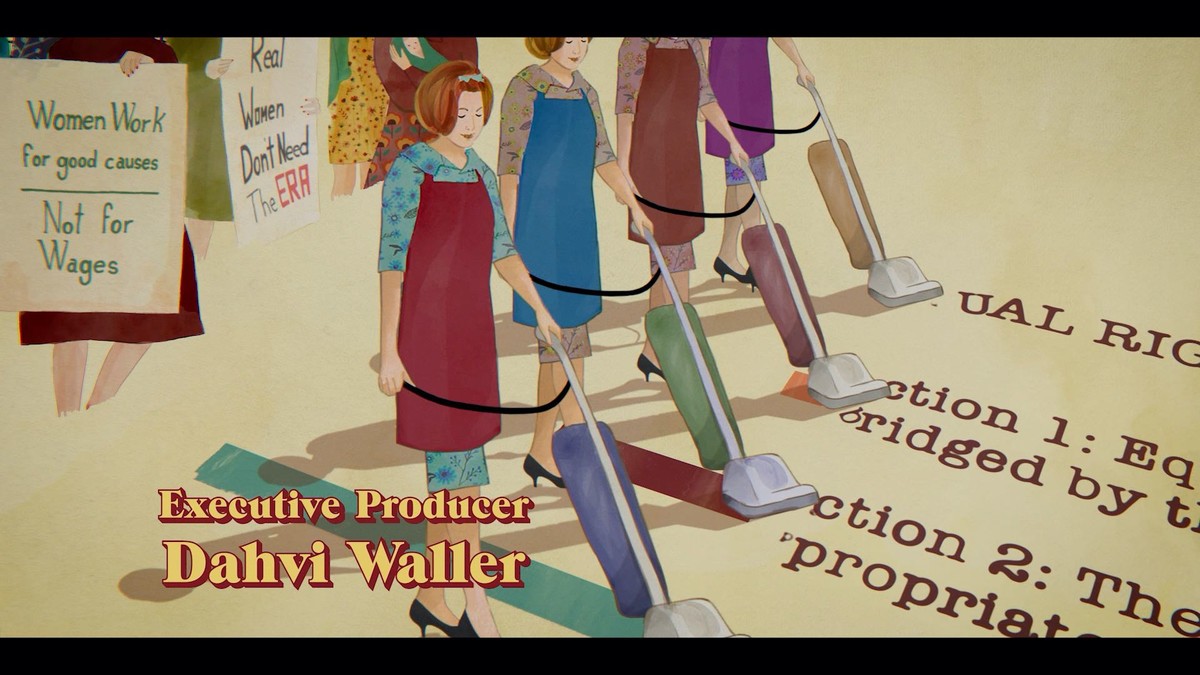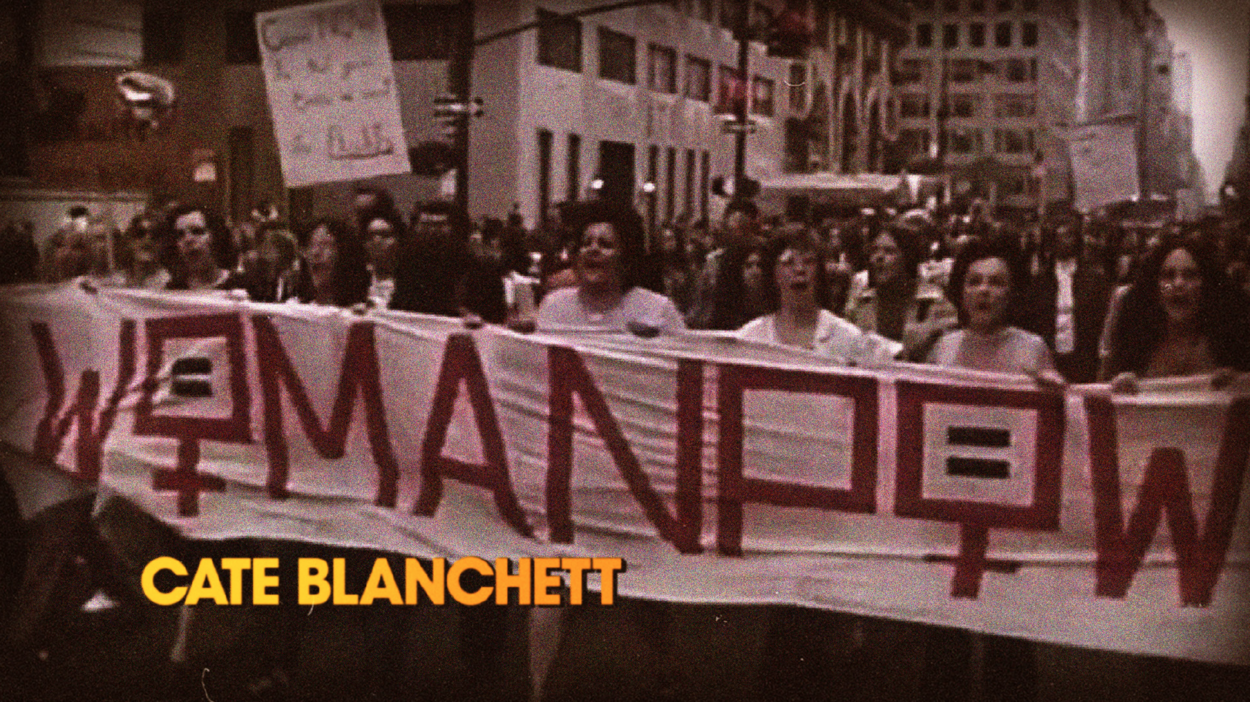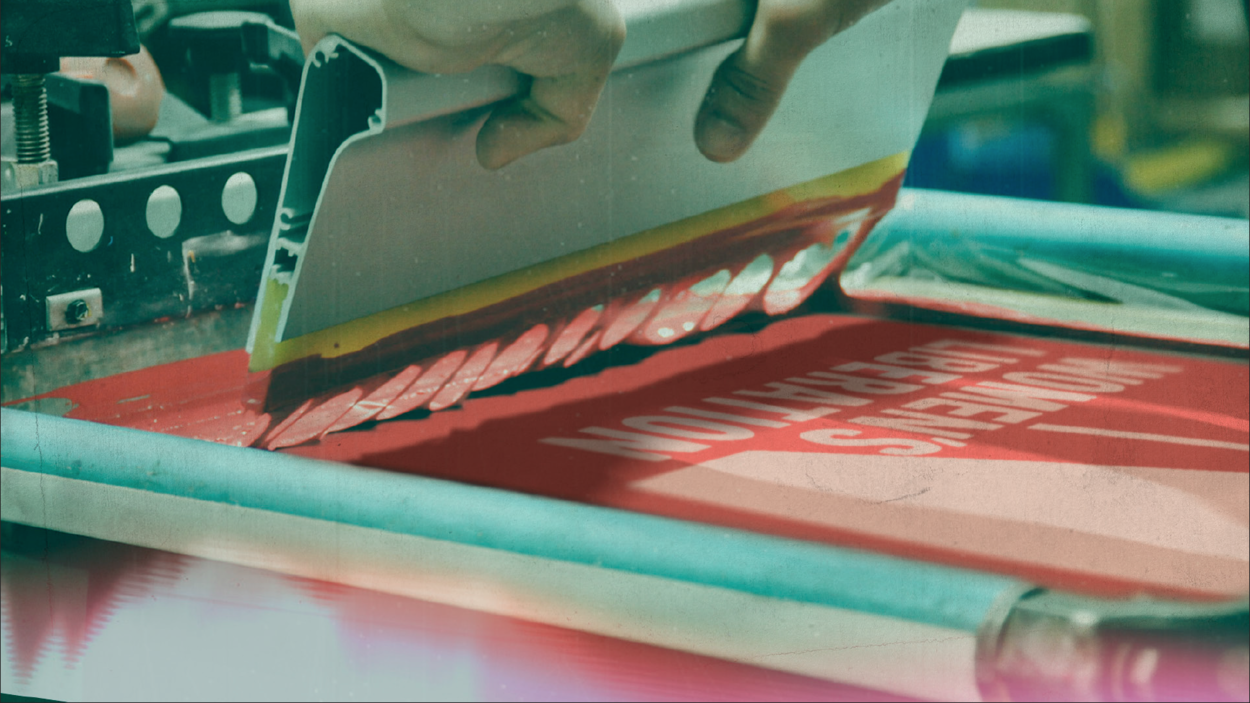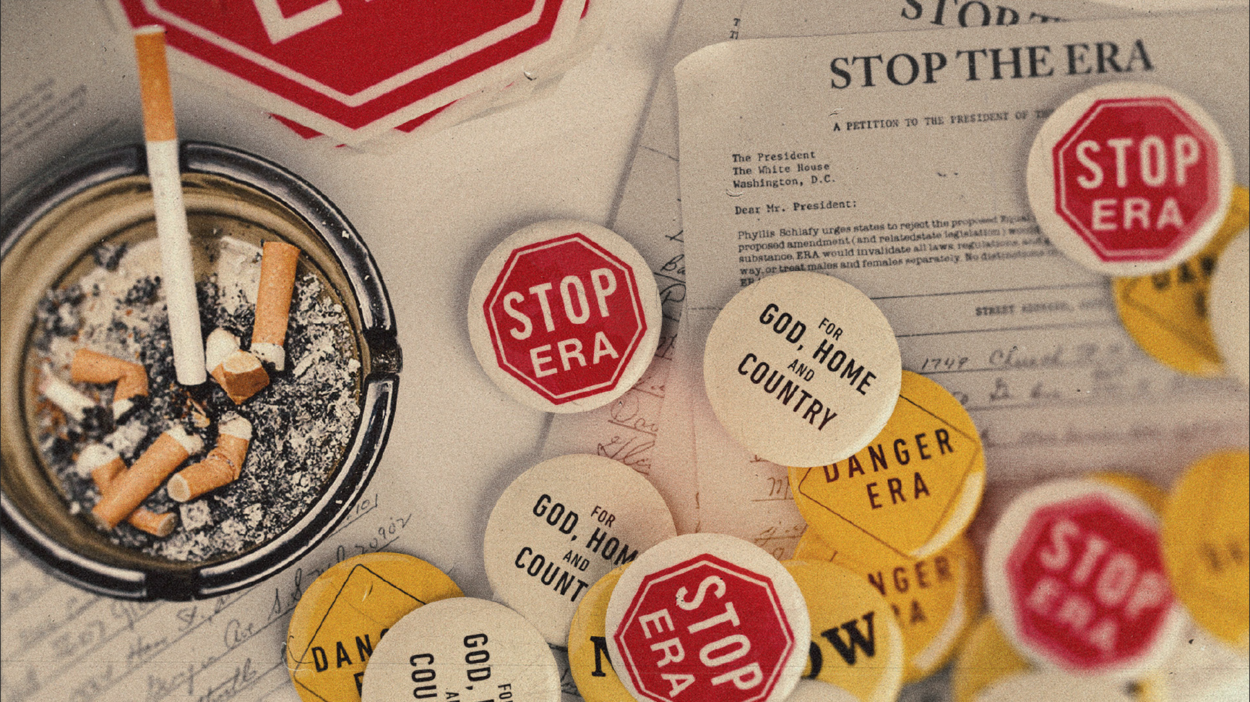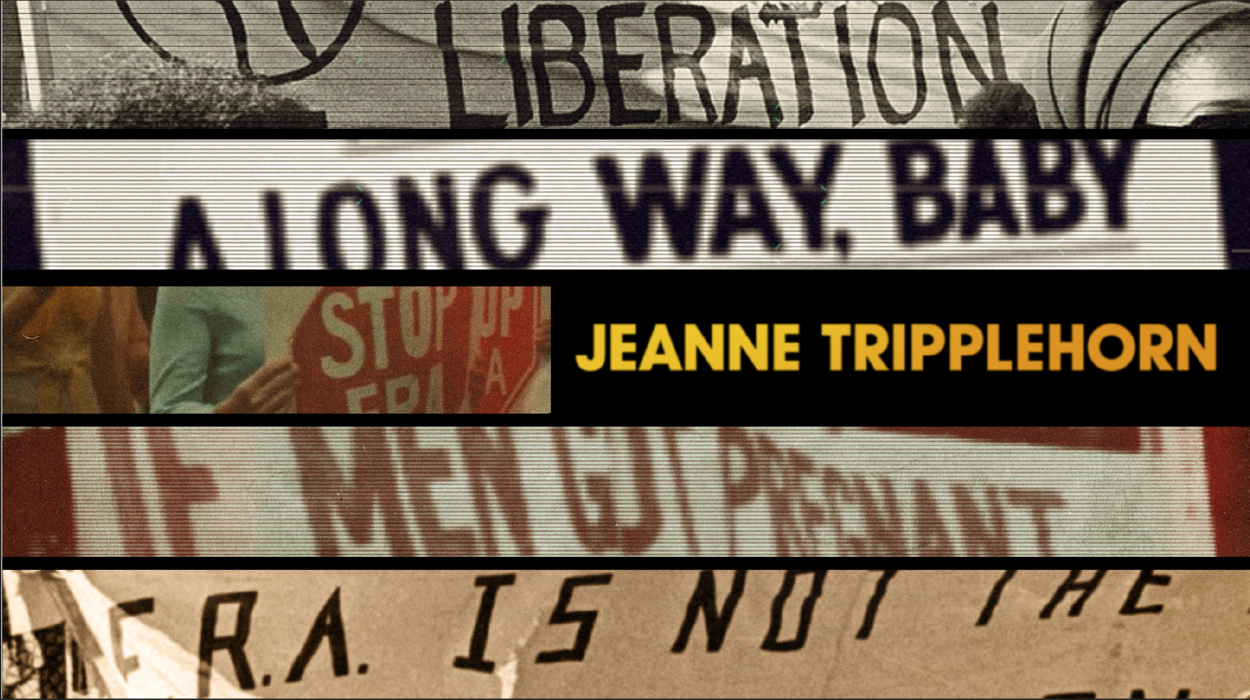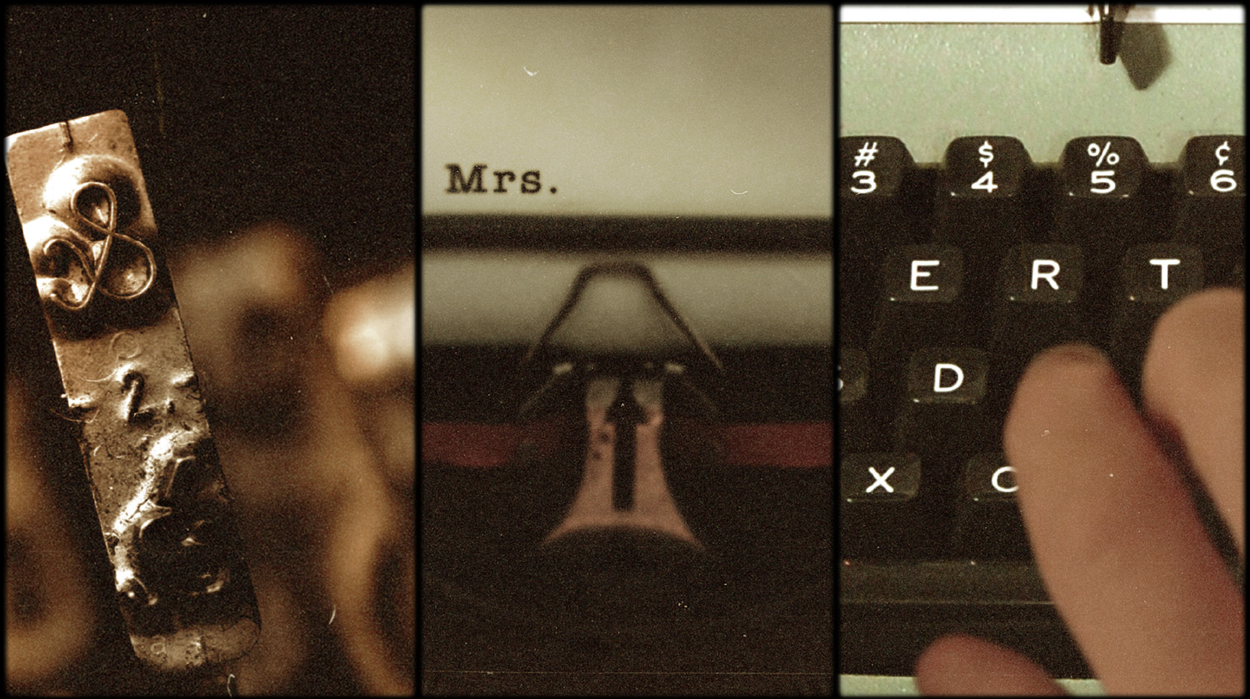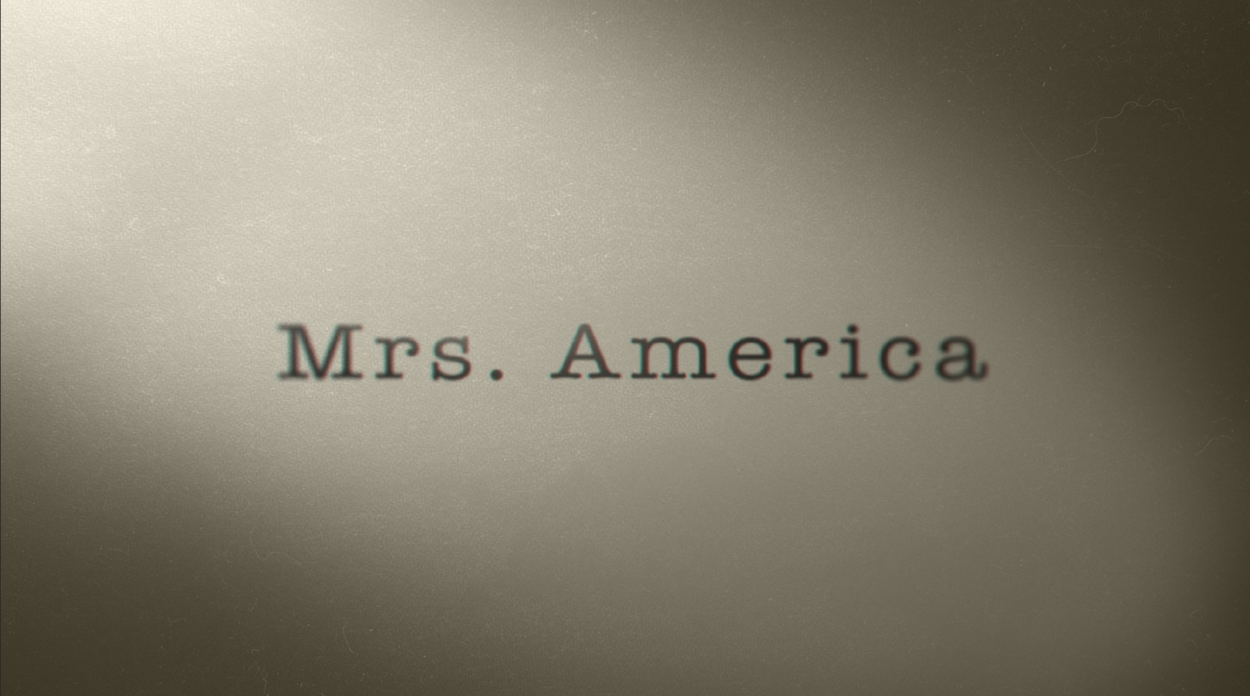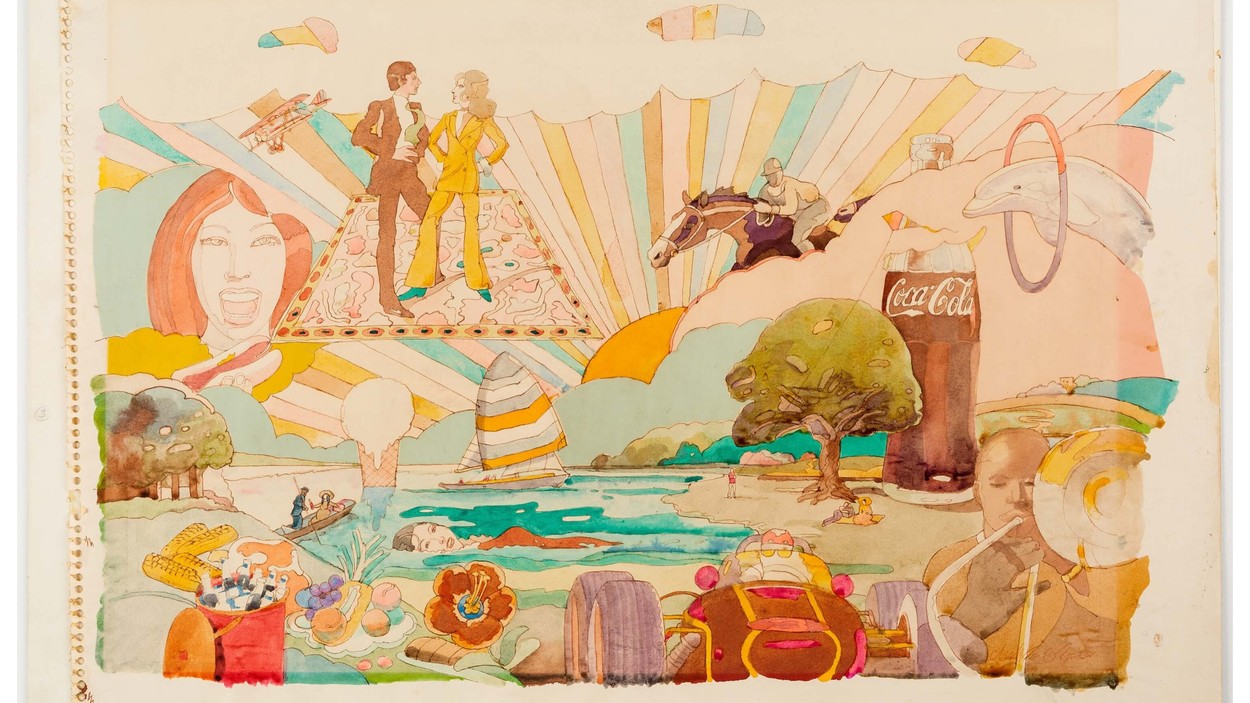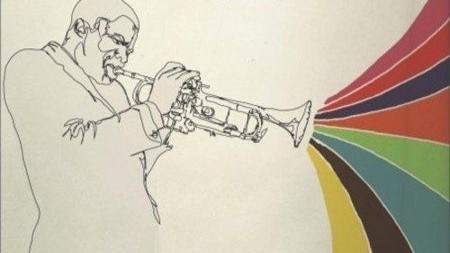MRS. AMERICA - CASE STUDY FIRST TEST
The Show
This high-profile FX on Hulu series dramatizes the diverse roles of women who took part in the culture wars of the ‘70s, expressing different definitions of womanhood in a tumultuous time. Created by Emmy Award-winning Executive Producer Dahvi Waller (Mad Men), Mrs. America features an all-star cast filled with Academy Award, Golden Globe, and Emmy winning actors.
The Title Sequence
To open the show, we created an opening sequence that evokes the spirit of the women’s movement in the ‘70s with playfully animated watercolor illustrations. Inspired by 1970s illustrators, we created a style that plays up the ‘70s vibe and sets the tone in a fun, lively way. We wanted to create a piece that is like the show itself: it feels faithful to the time period, but is fresh and relevant today
Client Requests
When the producers of Mrs. America approached us to create a show open, they knew that they wanted something that was fun, playful, and rich in content, a piece that would reward multiple viewings. The show is framed around the women’s movement, and the passage of the Equal Rights Amendment— a legislative battle that was fought throughout the 1970s and which continues to be debated today. But this is just a starting point for a rich tapestry that depicts a broader story of women in America, one that planted the seeds of contemporary American culture. Mrs. America is a period show based on historical events and figures, but its themes are extremely relevant today. With that in mind, Dahvi Waller, the show’s creator, wanted us to make an opening sequence that was not mired in archival footage, or focused narrowly on Washington DC politics. It is about a time of change in America, with both conservative and forward thinking forces playing a part. Dahvi wanted to avoid anything that seemed academic, and anything that depicted a “catfight”, pitting 2 sides against each other. The focus should be on people, not a history lesson. It should be emotional, not a political debate.
The River to Watercolor
The first concepts we developed lacked something of the human, emotional connection that this show warranted. Moving away from any academic approaches, we looked for a visual style that would convey a feeling of the period, without being mired in a historical context. Since the 1970s vibe was important, we did a lot of research into ‘70s pop culture and visual style references. This ultimately led us to the watercolor medium that we use to execute the sequence.








